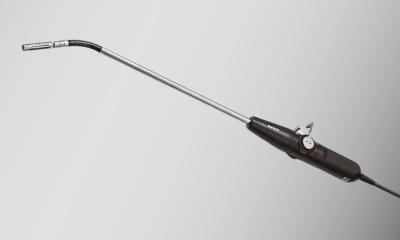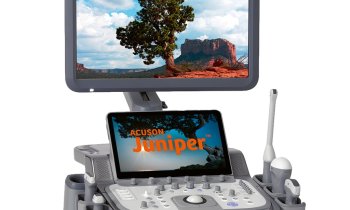The SonoAce X8
Eliminating Windows-based image protocols, SONOACE in Germany, has produced the SonoAce X8 which, the firm reports, is the first Smart S/W protocol-based ultrasound image processing system.

The system also can be upgraded in simple steps through a new in-built protocol and the company adds that the upgraded speed of operation contributes to optimised patient throughput.
Compared with existing ultrasound machines, more accurate and compact data measurements, along with a better reporting function, are promised.
Using a single 17 inch LCD monitor, the system monitors both a patient’s scan and data analysis in real time.
The system generates high picture quality, 1280 x 1024, by using and tracing the best image size for the monitor – the first trial of such a technique in this field, Medison reports.
SonoAce X8 will become commercially available in the first six months of 2007. It is now on show at MEDICA (SONOACE booth: Hall 9, B60) – and later will be at the RSNA in Chicago (later in November).
14.11.2006











